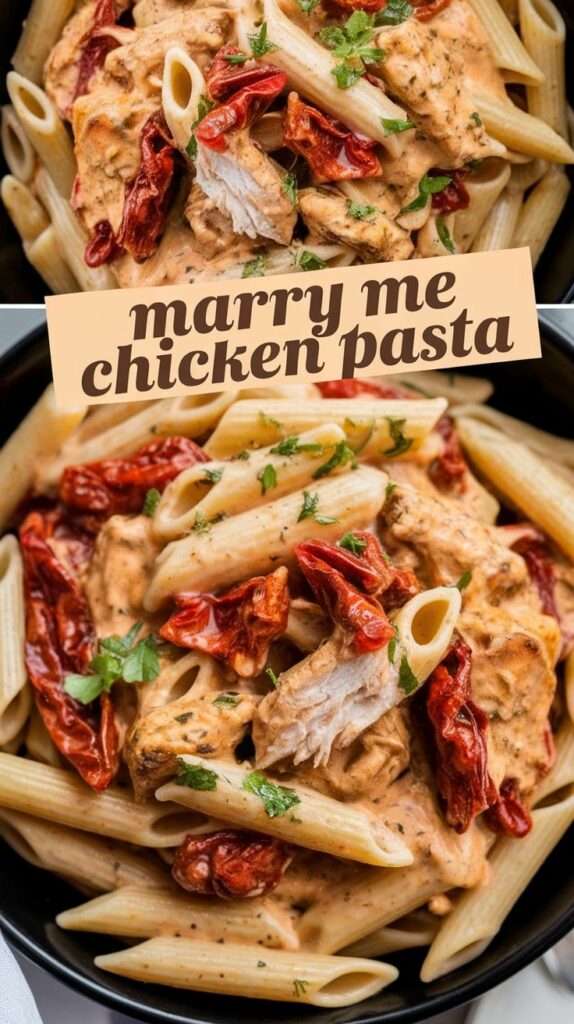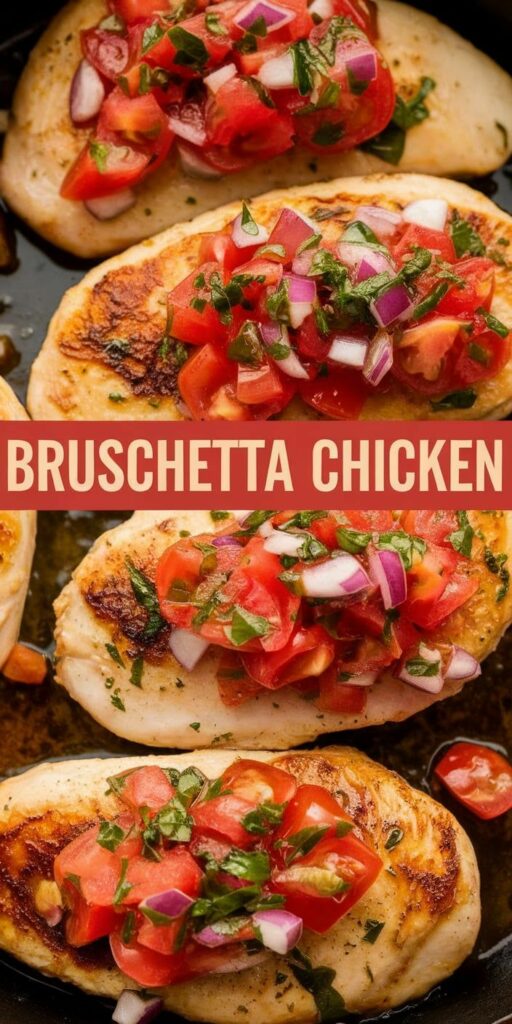I’m excited to share my favorite chicken curry recipe that brings the vibrant flavors of India right into your kitchen. This homemade curry is more than just a meal – it’s a culinary adventure that transforms simple ingredients into a mouth-watering experience.
Chicken curry has become a beloved dish for home cooks across the United States. My recipe simplifies the traditional cooking process, making it accessible for anyone who wants to explore authentic Indian-inspired cuisine. Whether you’re a seasoned cook or a beginner, this chicken curry recipe will impress your family and friends.
The beauty of this dish lies in its rich blend of spices and tender chicken. You’ll discover how easy it is to create a restaurant-quality meal in your own kitchen. With just a few key ingredients and some basic cooking techniques, you’ll be serving up a delicious homemade curry that tastes like it came straight from an Indian restaurant.
Get ready to embark on a flavorful journey that will transform your approach to home cooking. Let’s dive into the world of chicken curry!
The Origins and History of Traditional Chicken Curry
Chicken curry represents a vibrant culinary journey that spans centuries of Indian cuisine influence. The roots of this beloved dish trace back to the Indian subcontinent, where spices and cooking techniques transformed simple ingredients into complex flavor profiles.
The curry history reveals a fascinating narrative of cultural exchange and culinary innovation. Spice traders and colonial interactions helped spread curry recipes across different continents, creating unique regional interpretations.
Exploring Global Curry Variations
Global curry variations demonstrate the incredible adaptability of this iconic dish. Different regions have developed distinctive styles that reflect local ingredients and cooking traditions:
- South Indian curry: Coconut-based and typically spicier
- Bengali curry: Lighter, with mustard and fish influences
- Punjabi curry: Creamy and rich with robust spice blends
- Caribbean curry: Influenced by Indian migrants, using local peppers
Cultural Culinary Transformation
The evolution of curry dishes showcases how cooking techniques migrate and transform. What began as a traditional Indian preparation has become a global phenomenon, with each culture adding its unique twist to the classic recipe.
From street food in Mumbai to fine dining restaurants in New York, chicken curry continues to captivate food lovers worldwide, proving its remarkable culinary versatility.
Essential Ingredients for the Perfect Chicken Curry Recipe
Creating an authentic chicken curry starts with selecting the right curry ingredients. My passion for cooking has taught me that the secret to a delicious curry lies in the careful selection of spices for chicken curry and high-quality seasonings.
Let me break down the essential curry seasonings you’ll need to craft an incredible dish:
- Protein Base:
- Boneless, skinless chicken thighs (preferred for moisture)
- Chicken breasts (leaner option)
- Fresh Aromatics:
- Onions
- Garlic
- Fresh ginger
- Green chilies
- Spice Blend:
- Turmeric
- Cumin
- Coriander powder
- Garam masala
- Red chili powder
- Liquid Components:
- Coconut milk
- Tomato puree
- Chicken stock
Pro tip: Freshly ground spices make a significant difference in your chicken curry. I recommend toasting whole spices and grinding them just before cooking to maximize flavor intensity.
When selecting curry ingredients, quality matters. Choose fresh spices with vibrant colors and strong aromas. The right combination of curry seasonings will transform an ordinary meal into an extraordinary culinary experience.
Kitchen Tools and Equipment You’ll Need
Preparing an authentic chicken curry requires more than just great ingredients. The right curry cooking tools can make a significant difference in your culinary experience. I’ll guide you through the essential kitchen equipment for curry that will transform your cooking process.
Selecting the proper tools is crucial for creating a delicious curry that captures traditional flavors and techniques. Let me break down the key equipment you’ll want in your kitchen.
Spice Grinding Tools
Spice grinders are the heart of exceptional curry preparation. I recommend investing in high-quality tools that can handle various spices with precision:
- Manual mortar and pestle for traditional grinding
- Electric spice grinder for quick and consistent results
- Cast iron skillet for dry roasting whole spices
Cooking Vessels and Utensils
The right cooking vessel can dramatically impact your curry’s flavor and texture. Look for these kitchen equipment for curry essentials:
- Heavy-bottomed Dutch oven or deep skillet
- Non-stick or cast iron pan
- Wooden spoons for stirring
- Sharp chef’s knife for precise ingredient preparation
Measuring Equipment
Precision matters in curry cooking. Accurate measurements ensure consistent flavor every time. I suggest acquiring:
- Digital kitchen scale
- Measuring cups and spoons
- Liquid measuring cups with clear markings
By equipping your kitchen with these essential curry cooking tools, you’ll be well-prepared to create an authentic and delicious chicken curry that will impress your family and friends.
Step-by-Step Chicken Curry Recipe
Preparing a delicious chicken curry requires careful attention to detail and a few key curry cooking instructions. I’ll walk you through how to make chicken curry that will impress your family and friends.
Let’s start with the curry recipe steps by gathering your ingredients and preparing them carefully. You’ll want to have everything measured and ready before you begin cooking.
- Prepare the chicken by cutting it into bite-sized pieces, about 1-inch cubes.
- Chop onions, garlic, and ginger finely to create a flavor base for your curry.
- Measure out all your spices: turmeric, cumin, coriander, and garam masala.
The key to great curry cooking instructions is building layers of flavor. I recommend heating oil in a large pan and starting with your aromatic spices. Sauté the onions until they’re golden brown, which typically takes about 5-7 minutes.
When learning how to make chicken curry, timing is crucial. Add your chicken and cook until it’s lightly browned on all sides. This seals in the flavors and ensures your meat stays tender.
- Cook chicken on medium-high heat
- Stir frequently to prevent burning
- Look for a golden-brown exterior
The final curry recipe steps involve creating a rich, creamy sauce. Add tomatoes, coconut milk, and remaining spices. Simmer for 15-20 minutes until the sauce thickens and the chicken is completely cooked through.
Your homemade chicken curry is now ready to serve! Garnish with fresh cilantro and enjoy with steamed rice or warm naan bread.
Tips for Achieving Authentic Curry Flavor
Creating an extraordinary chicken curry goes beyond following a basic recipe. Mastering authentic curry flavor requires understanding the nuanced art of spice blending and cooking techniques that transform simple ingredients into a culinary masterpiece.
My years of exploring curry cooking tips have taught me that the secret to an exceptional dish lies in the subtle details of preparation and technique. Authentic curry flavor isn’t just about throwing spices together – it’s about understanding how each ingredient interacts and develops.
Spice Blending Techniques
Spice blending is the heart of creating a remarkable curry. I recommend these essential techniques:
- Toast whole spices before grinding to release deep, complex flavors
- Create a custom masala blend unique to your taste
- Use fresh, high-quality spices for maximum flavor intensity
Cooking Temperature Control
Temperature plays a crucial role in developing curry flavor. Careful heat management can make or break your dish:
| Cooking Stage | Temperature Technique | Flavor Impact |
|---|---|---|
| Initial Spice Toasting | Medium-high heat | Releases aromatic oils |
| Simmering Curry | Low and slow | Develops deep, rich flavors |
| Final Reduction | Medium heat | Concentrates sauce flavors |
Sauce Consistency Secrets
The perfect curry sauce requires careful attention to consistency. My top tips include:
- Use yogurt or cream to create a smooth, rich texture
- Slowly reduce sauce to concentrate flavors
- Adjust thickness with stock or water as needed
By mastering these curry cooking tips, you’ll elevate your chicken curry from ordinary to extraordinary, creating a dish that captures the true essence of authentic curry flavor.
Serving Suggestions and Perfect Pairings
When it comes to curry serving ideas, I’ve discovered that presentation can transform your chicken curry from a simple meal to a culinary experience. Basmati rice remains the classic foundation for any curry dish, providing a fluffy and fragrant base that soaks up the rich sauce perfectly.
For chicken curry pairings, I recommend exploring traditional accompaniments like warm naan bread or crispy poppadoms. These side dishes for curry add delightful texture and help balance the intense spice profile of the main dish. A cool cucumber raita can also provide a refreshing contrast to the warm, spicy curry.
My favorite way to elevate the dining experience is through thoughtful garnishing. Fresh cilantro leaves, a sprinkle of garam masala, or a dollop of yogurt can make your chicken curry visually stunning and add layers of flavor. Pair your curry with a chilled Kingfisher beer or a glass of Riesling to complete the meal.
Storing leftovers is simple – refrigerate in an airtight container for up to three days. When reheating, use low heat and stir gently to maintain the curry’s complex flavors and prevent sauce separation. Your homemade curry will taste just as delicious the next day!



